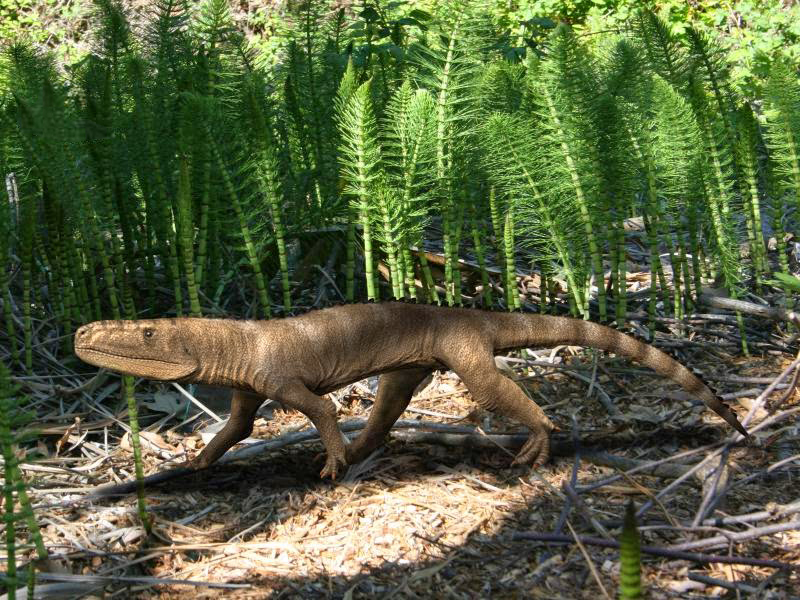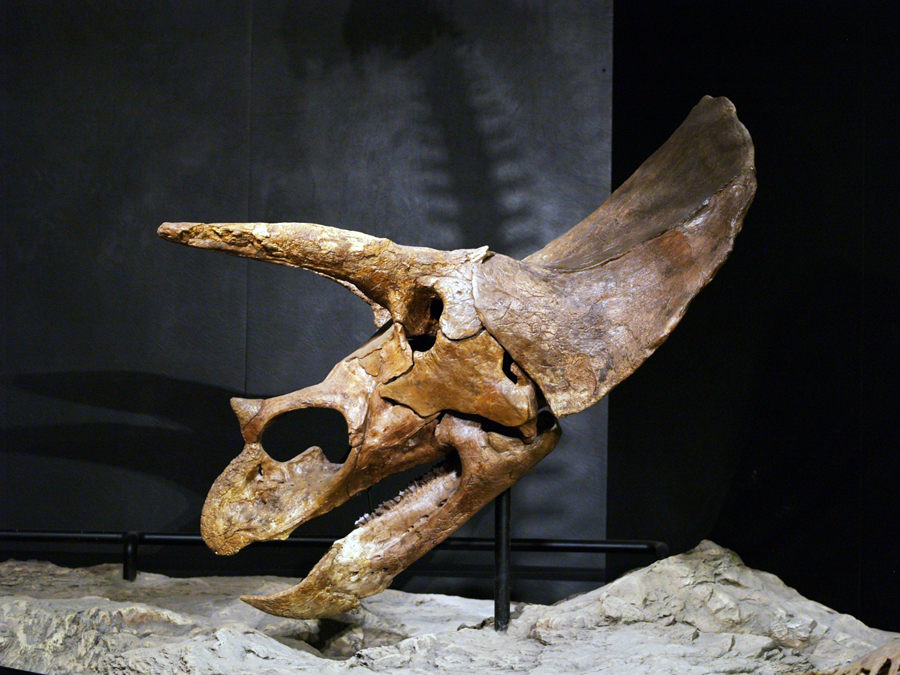The ancient world of dinosaurs, though extinct for 66 million years, continues to reveal its secrets through remarkable fossil evidence. Among the most fascinating and informative fossils are not the bones or teeth, but the tracks and footprints these magnificent creatures left behind. These trace fossils, called ichnofossils, provide a unique window into dinosaur behavior that skeletal remains alone cannot offer.
Unlike body fossils that show what dinosaurs looked like, footprints capture moments in time—revealing how dinosaurs moved, interacted, and lived their daily lives. With advances in technology and analytical methods, paleontologists continue to extract increasingly detailed behavioral information from these prehistoric impressions, allowing us to witness dinosaurs not as static museum displays but as living, breathing animals with complex social structures and behaviors.
The Science of Tracking Ancient Footsteps

Ichnology, the study of trace fossils, has become an essential discipline in understanding dinosaur behavior. When dinosaurs walked across soft substrates like mud or sand that later hardened and became preserved, they left behind evidence of their movement patterns, speed, and even anatomical details not always preserved in skeletal remains. Scientists analyze track depth, stride length, and foot morphology to determine how dinosaurs distributed their weight and how they moved.
Modern technology, including 3D scanning, photogrammetry, and computer modeling, has revolutionized this field, allowing researchers to create detailed digital models of footprint sites and analyze them with unprecedented precision. These methods reveal subtle details that might otherwise go unnoticed, such as skin impressions, toe movements, and pressure distributions that indicate whether a dinosaur was accelerating, slowing down, or turning.
Walking and Running: Gait Analysis from Fossilized Tracks
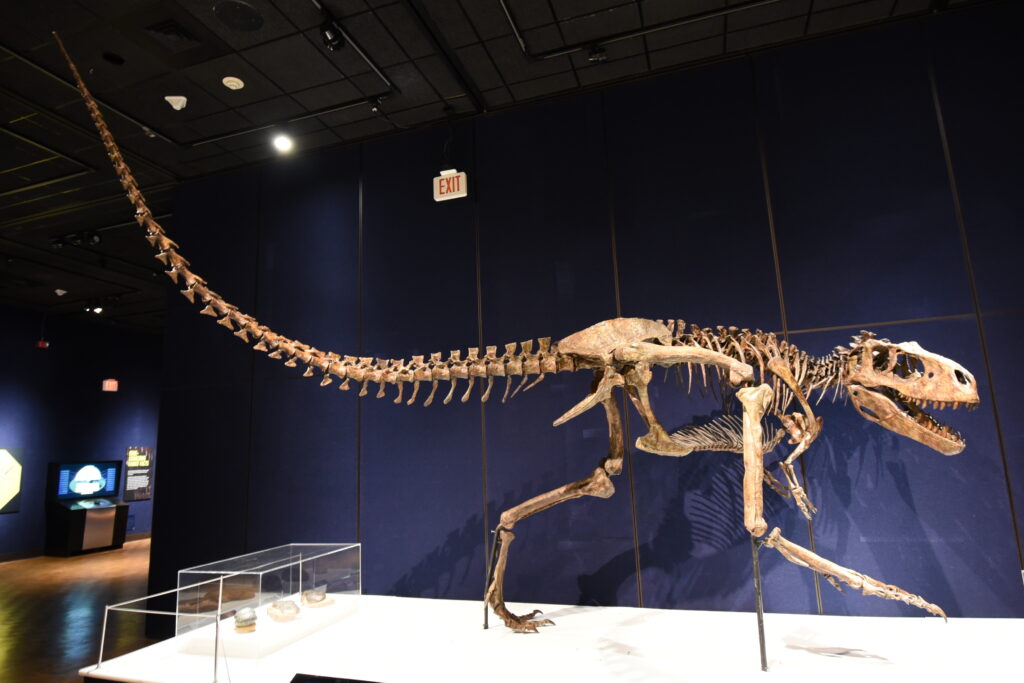
Dinosaur footprints have provided crucial evidence about locomotion capabilities that have transformed our understanding of how these animals moved. By measuring stride length and footprint patterns, paleontologists can calculate approximate speeds, revealing that some dinosaurs were much faster than initially believed. The massive Tyrannosaurus rex, once thought to be slow and lumbering, has been shown through track evidence to be capable of moving at speeds of up to 25 miles per hour.
Trackways also reveal whether dinosaurs walked with an upright, mammal-like posture or with a more reptilian gait. The spacing and alignment of footprints in theropod dinosaurs show they walked with their feet directly beneath their bodies, similar to modern birds, while some sauropod tracks demonstrate a wide-gauge stance that provided stability for their enormous bodies. These movement patterns help scientists understand not just how dinosaurs moved, but also their energy efficiency and hunting or escape capabilities.
Evidence of Herding Behavior and Social Structures

One of the most significant revelations from dinosaur trackways is evidence of complex social behaviors, particularly herding. Multiple parallel trackways of the same species, often pointing in the same direction and preserving similar stride lengths, provide compelling evidence that many dinosaur species traveled together in groups. The famous Davenport Ranch tracksite in Texas reveals numerous sauropod tracks moving in the same direction, suggesting coordinated group movement rather than random individual paths.
Age segregation is also evident in some trackways, with footprints of different sizes indicating that adults and juveniles traveled together, with smaller individuals often protected in the middle of the group. This behavior, similar to that observed in modern elephants and other herd animals, suggests sophisticated social structures and possibly parental care. Such evidence challenges earlier views of dinosaurs as solitary, primitive reptiles and instead portrays them as socially complex creatures with organized community behaviors.
Predator-Prey Interactions Frozen in Time
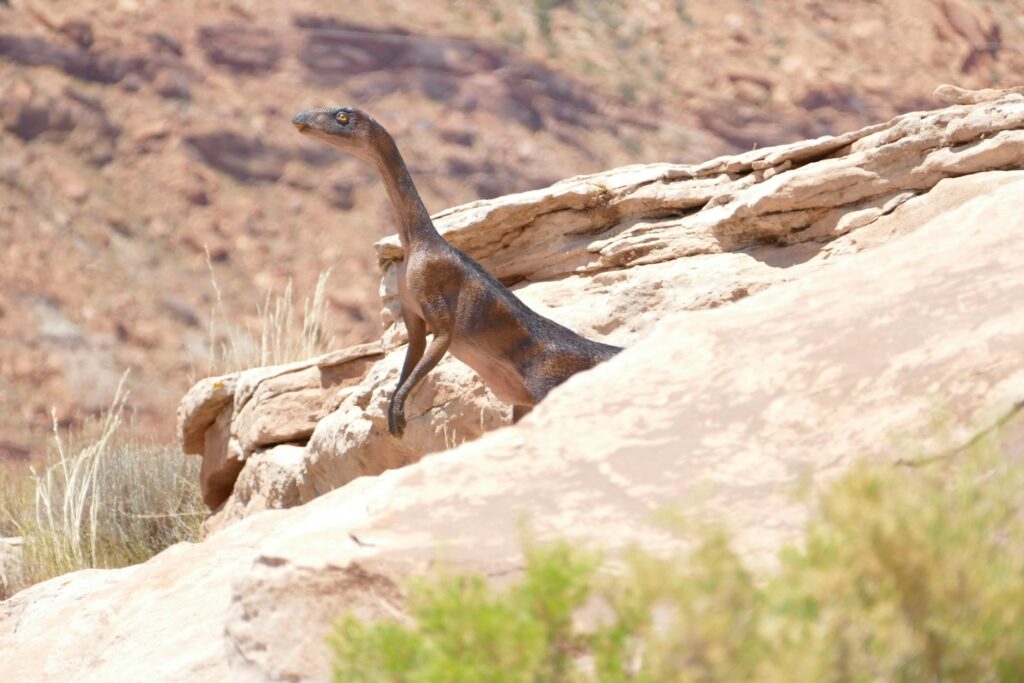
Some of the most dramatic dinosaur trackways capture moments of predation or escape, providing rare glimpses into dinosaur hunting behaviors and predator-prey relationships. In several locations around the world, scientists have discovered theropod tracks paralleling or converging with those of potential prey species, suggesting active pursuit or stalking behavior. One famous example from the Early Cretaceous Mayan Ranch tracks in Texas shows what appears to be a large theropod following a sauropod, potentially documenting a hunting event from 100 million years ago.
Changes in stride length and depth in prey trackways often indicate acceleration, suggesting the animal detected a threat and attempted to flee. These interaction trackways allow paleontologists to reconstruct predatory behaviors, including hunting strategies, pursuit capabilities, and potentially even cooperative hunting in some theropod species. Such evidence provides crucial ecological context for understanding the complex food webs and survival pressures that shaped dinosaur evolution.
Migration Patterns and Territorial Behaviors
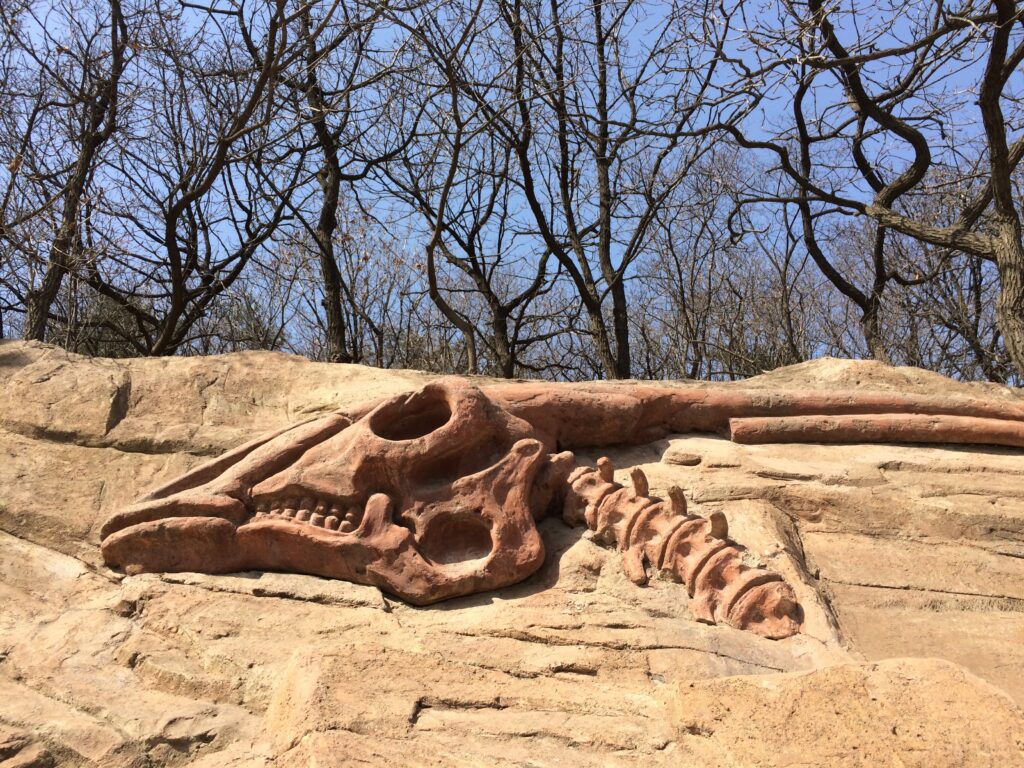
Extensive trackway sites across continents have revealed evidence of dinosaur migration routes and territorial behaviors that would be impossible to detect from skeletal remains alone. In some locations, scientists have found seasonal patterns in trackway orientations, suggesting that certain dinosaur species may have undertaken regular migrations in response to climate changes or food availability, similar to modern birds and mammals.
The Purgatoire River track site in Colorado shows hundreds of sauropod tracks all moving in a consistent direction, possibly documenting a migration event. Other track sites show evidence of territorial behaviors, with repeated trackways in confined areas suggesting routine patrolling of territory boundaries.
Some locations even show evidence of display areas, where multiple tracks indicate dinosaurs repeatedly returned to specific locations, potentially for mating displays or ritualized confrontations. These patterns provide valuable insights into dinosaur home ranges, resource utilization, and the geographic scale of dinosaur activities throughout their lifespans.
Nesting Behaviors and Parental Care
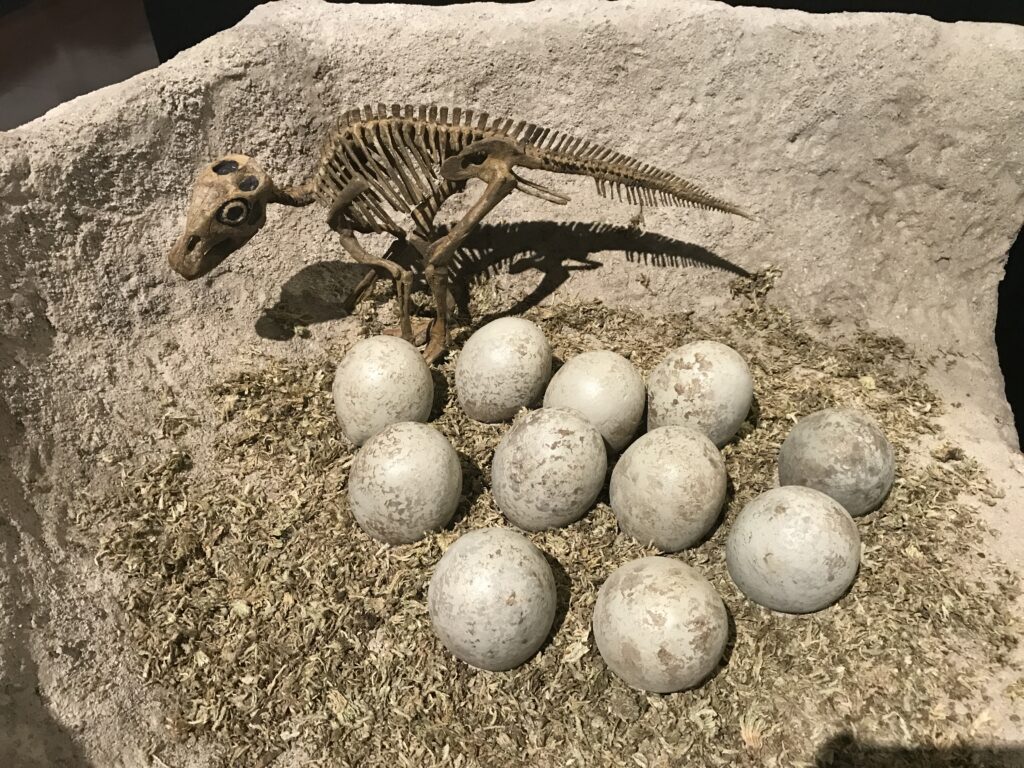
Footprints found in association with nesting sites have transformed our understanding of dinosaur reproductive behaviors and parental care. Small footprints of juveniles surrounding nesting areas provide evidence that some dinosaur species remained with their young after hatching, suggesting extended parental care. The famous Two Medicine Formation in Montana has yielded tracks of adult hadrosaurs alongside numerous juvenile tracks in the vicinity of nesting grounds, suggesting family groups remained together after hatching.
The orientation of adult tracks often forms protective patterns around nests or groups of juvenile tracks, indicating defensive positioning to guard vulnerable offspring from predators. Track size distribution at some sites suggests multiple generations remained together, possibly indicating familial groups or community-based child-rearing similar to some modern birds. These discoveries challenge earlier assumptions about reptilian abandonment behaviors and suggest that many dinosaurs exhibited complex parental care strategies more similar to birds than to most modern reptiles.
Swimming and Semi-Aquatic Behaviors

Unique trace fossils have provided surprising evidence that some dinosaur species were comfortable in aquatic environments, contradicting the long-held belief that dinosaurs were exclusively terrestrial animals. Distinctive swim tracks, where only claw marks are visible in regular patterns along a substrate, indicate that dinosaurs occasionally swam across bodies of water.
The Paluxy River tracksite in Texas shows what appear to be theropod swimming tracks, with only claw impressions visible as the animals pushed off the bottom while floating. Other tracks show gradual transitions from walking to swimming and back to walking as dinosaurs entered and exited water bodies.
Partial footprints with drag marks can indicate wading behavior, where dinosaurs walked through shallow water while foraging. These aquatic trackways have been particularly valuable in understanding the ecological flexibility of dinosaurs and have contributed to debates about whether certain species may have been specialized for semi-aquatic lifestyles, similar to modern crocodilians or water birds.
Growth and Development Through Footprint Records

Trackways provide unique insights into dinosaur growth patterns that complement skeletal evidence but offer a different perspective on development. Trackways preserving footprints of different sizes within the same species allow paleontologists to study ontogenetic changes in foot morphology, stance, and gait as individuals matured. These growth-related changes are evident in many track assemblages, revealing how locomotion and behavior shifted during an individual’s lifespan.
Young tyrannosaurs, for example, appear to have been more agile with relatively longer strides compared to their massive adult counterparts, suggesting ecological niche differentiation between juveniles and adults. In some herding species, trackways show that juvenile locomotion gradually converged with adult patterns as they grew, indicating a learning period for movement efficiency. This growth-related behavioral evidence provides important context for understanding the diverse ecological roles dinosaurs played throughout their lives and the adaptive pressures that shaped their development.
Pathological Tracks: Identifying Injuries and Diseases
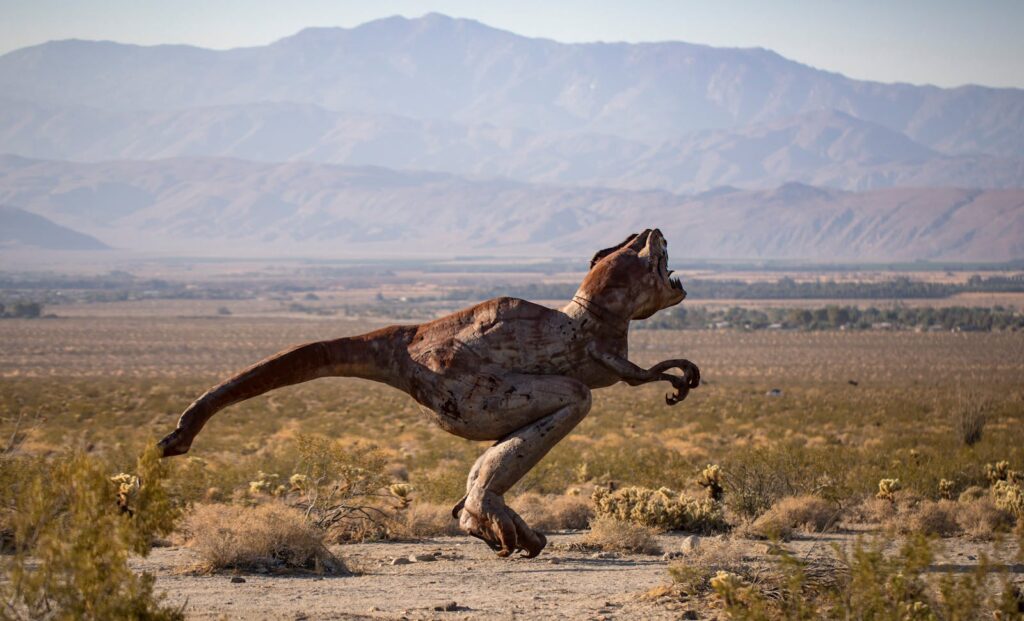
Abnormal footprints provide rare evidence of injuries, diseases, and physical challenges faced by individual dinosaurs during their lives. Limping gaits are recognizable in trackways where stride length becomes irregular or where an injured foot makes a distinctly different impression than its healthy counterpart. The famous “Hitchcock’s Report on the Sandstone of the Connecticut Valley” documented some of the earliest recognized pathological tracks, showing dinosaurs with apparent injuries creating asymmetrical impressions.
Some trackways show evidence of missing digits or malformed feet that created distinctive patterns repeated across many footprints, indicating the animal survived with a chronic condition. These pathological tracks allow scientists to study how injured dinosaurs adapted their movement to compensate for physical limitations, providing insights into their resilience and pain tolerance. Such evidence also contributes to our understanding of dinosaur healing capabilities and the types of injuries or diseases that affected them, aspects rarely preserved in skeletal remains unless the condition affected the bone itself.
Environmental Adaptations Revealed Through Track Morphology
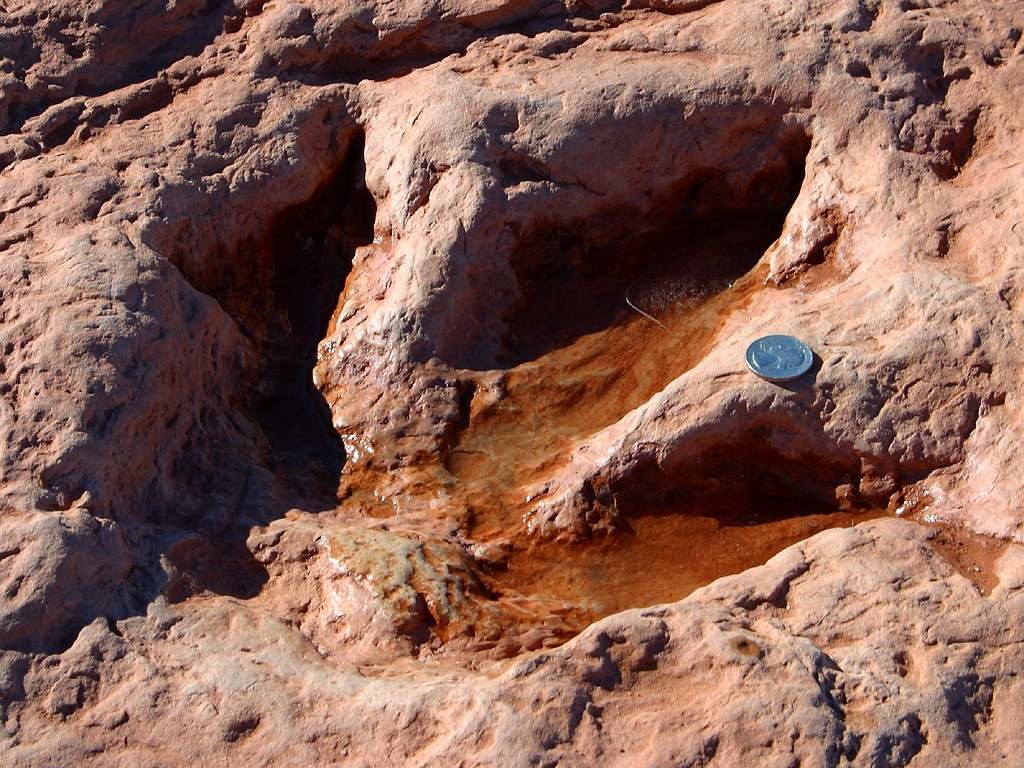
Footprint shapes and patterns provide evidence of dinosaur adaptations to different environments, revealing ecological specializations not always apparent from skeletal anatomy alone. Tracks found in ancient mudflats or swampy environments sometimes show splayed toes or wider foot impressions, suggesting adaptations for weight distribution on soft substrates. Conversely, tracks in ancient desert environments may show specialized foot postures that minimized sinking into loose sand.
The diversity of track morphologies across different environments indicates that dinosaur species evolved specialized locomotion strategies for the specific terrains they inhabited. Certain hadrosaur trackways found in coastal environment deposits show unusual foot positioning that may have helped these animals navigate tidally influenced sediments without becoming stuck. These environmental adaptations visible in track records help paleontologists reconstruct not just the appearance of ancient ecosystems but also how dinosaurs physically interacted with their habitats and the specific evolutionary pressures that shaped their locomotor anatomy.
Geographic Distribution and Ancient Ecosystems

The global distribution of dinosaur tracks has provided crucial evidence about ancient ecosystem composition and biogeography that cannot be determined from body fossils alone. Footprints are often preserved in environments where skeletal preservation is poor, such as ancient shorelines, river crossings, or desert regions, filling important gaps in the fossil record.
The discovery of similar track types across continents has helped confirm theories about land connections during different geological periods, supporting models of dinosaur dispersal and migration between landmasses. Tracking diversity at single locations provides evidence of ecosystem complexity, revealing how many different species coexisted in the same environment.
The famous Red Gulch Dinosaur Tracksite in Wyoming preserves tracks in what was once a tropical coastal environment, showing a diverse community of dinosaurs in an area where body fossils are extremely rare. These track assemblages allow scientists to reconstruct complete ecological communities with evidence of which species interacted directly with each other in shared habitats.
Technological Advances in Track Analysis
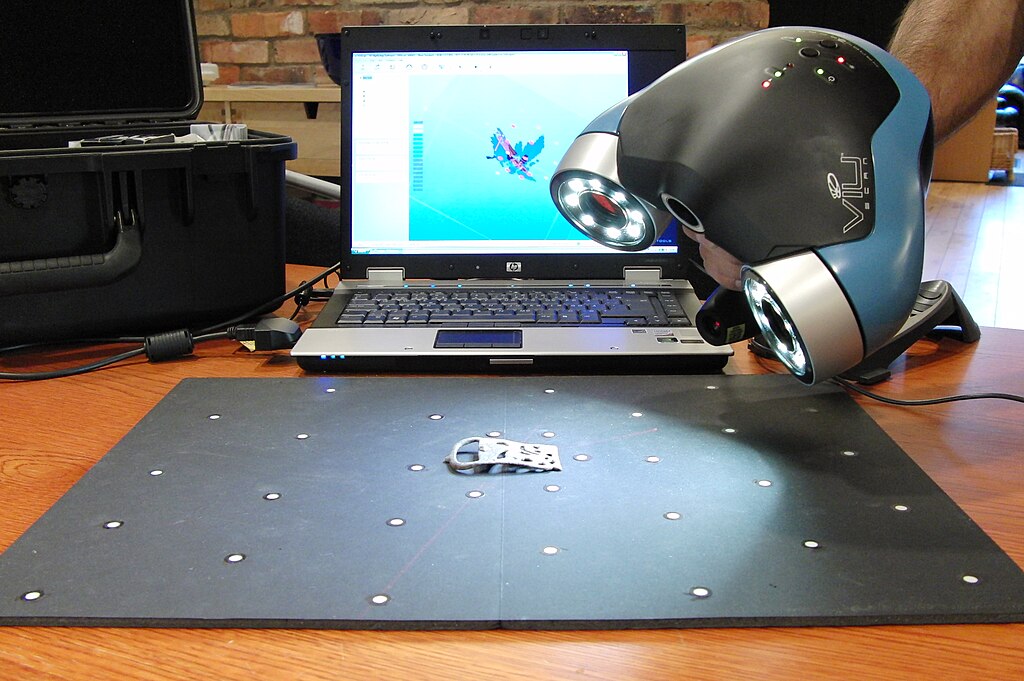
Modern technology has revolutionized the study of dinosaur tracks, allowing for unprecedented insights into dinosaur behavior through non-invasive and highly detailed analysis methods. Photogrammetry techniques enable researchers to create detailed 3D models of trackways from photographs taken at different angles, preserving information that might be lost as natural weathering damages the original tracks.
Ground-penetrating radar and other geophysical methods can now detect tracks hidden beneath layers of sediment, revealing previously unknown trackways without destructive excavation. Sophisticated pressure analysis of track depth and deformation patterns provides information about dinosaur weight distribution and center of mass during movement, informing biomechanical models of how they walked and ran.
Computer simulations based on track evidence allow paleontologists to recreate dinosaur movement with increasing accuracy, testing hypotheses about speed, agility, and energy efficiency. These technological advances have transformed ichnology from a descriptive science to a dynamic analytical field that continues to extract new behavioral information from even well-studied track sites.
The Future of Track-Based Behavioral Research

The study of dinosaur tracks continues to evolve, with new methods and discoveries promising even deeper insights into dinosaur behavior in coming years. Machine learning algorithms are being developed to automatically identify and classify thousands of tracks across sites, potentially revealing patterns too subtle for human observation.
Integration of track data with other paleoenvironmental evidence, including ancient climate records, plant fossils, and sedimentology, is creating more comprehensive pictures of complete dinosaur ecosystems. Ongoing discoveries of new trackway sites around the world, particularly in previously understudied regions of Asia, Africa, and South America, continue to expand the geographic and temporal scope of our knowledge.
Comparative studies between dinosaur tracks and those of their modern descendants, birds, are providing new frameworks for interpreting ancient behaviors based on modern analogues. These advancing frontiers suggest that ichnology will remain a crucial and dynamic field in paleontology, continuing to revise and enhance our understanding of how dinosaurs behaved and interacted with their world millions of years ago.
Conclusion

Fossilized footprints have emerged as one of paleontology’s most valuable resources for understanding the behaviors and lives of dinosaurs. These trace fossils capture moments of actual dinosaur activity—preserving evidence of movement, social interactions, predation, and ecological adaptations that skeletal remains alone cannot reveal. From the complex social structures evident in herding trackways to the dramatic predator-prey interactions frozen in ancient mud, footprints allow us to witness dinosaurs as living animals rather than static specimens.
As technology advances and new sites are discovered, our understanding of dinosaur behavior continues to evolve, increasingly portraying these ancient reptiles as complex, socially sophisticated creatures that dominated Earth’s ecosystems for over 160 million years. The humble footprint, once overlooked in favor of more spectacular skeletal remains, has proven to be among the most informative windows into the lost world of the dinosaurs.


